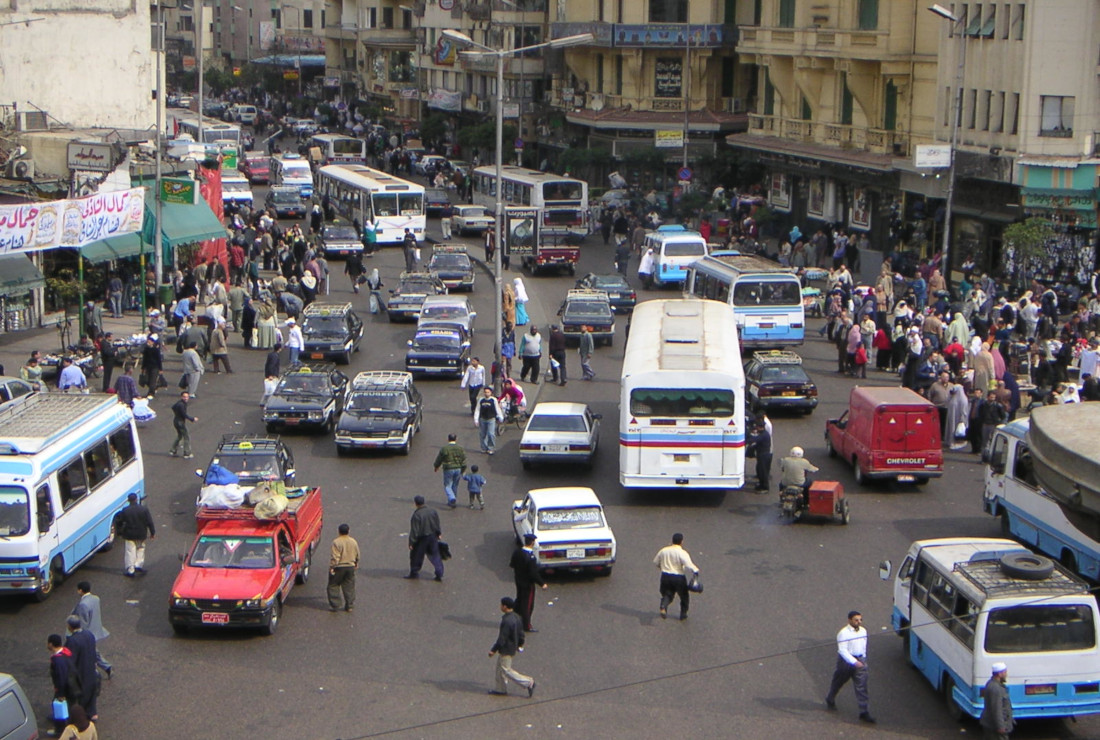
05 May Too much space is given to the car
Urban space is characterised by parked cars, wide streets, multi-storey car parks, the noise and exhaust fumes of cars rolling by. We have become accustomed to taking this state of affairs for granted. Yet car journeys in Vienna account for less than a third of traffic. Yet we sacrifice our quality of life for the comfort and convenience of the car. However, the car stands around for 23 hours a day and is only used for 60 minutes a day on average. Moreover, car traffic is responsible for 35% of CO2 emissions and is thus a major factor in climate change.
The consequences of climate change are already being felt. In 2018, 766 people died of heat-related deaths in Austria. This is due to the increased number of heat days. While there were five to ten days with 30 or more degrees in the 70s and 80s, there were more than 40 days in 2020. Citizens’ initiatives like “Platz für Wien” campaign for a more liveable urban space that gives people more space again. The Corona crisis shows how quickly measures can be implemented to promote sustainable transport. Pop-up cycle lanes, encounter zones have made cycling and walking palatable to people. Let’s take advantage of this trend and give people back the space to live!


